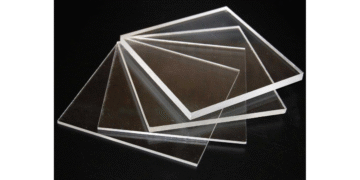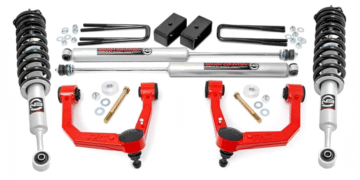During a construction project, you need retaining walls to hold back soil, prevent erosion, or create level ground for construction. They are often used in building basements, road embankments, and deep excavations. The strength and stability of a retaining wall depend not only on the materials used but also on the construction method.
The choice you make can also affect the cost, construction time, and suitability for your site conditions. Two common methods you can opt for are bored pile walls and contiguous wall piling. Both use piles to create a stable retaining structure. However, they differ in their design, spacing, and construction process.
You can make informed decisions by understanding these differences. Let’s do so without further ado.
Bored Pile Wall vs Contiguous Wall Piling
Construction Method
Abored pile wall is made by drilling large holes into the ground, placing steel reinforcement, and then filling them with concrete. Each pile is created separately and closely positioned, with no significant gaps between them. This method provides a continuous and solid wall, which is ideal when you need maximum strength and water resistance.
Contiguous wall piling also involves drilling piles. However, these are installed with small gaps between each pile, usually 50 to 150 mm apart. It creates a retaining structure that is strong but not fully continuous. The gaps can be filled later if extra water resistance is required. It makes the method quicker and more cost-effective.
Load-Bearing Capacity
Bored pile walls are known for their exceptional load-bearing capacity because each pile is reinforced and cast in place. It makes them ideal for sites with heavy earth loads or where deep excavation is required. You can rely on this method for large-scale retaining structures in challenging ground conditions.
Contiguous wall piling also provides a strong retaining structure. However, the small gaps mean the load distribution is slightly different. Though it’s effective for many projects, it may not be the best choice for sites where the ground is highly unstable or where extremely high loads need to be supported.
Water Control
Bored pile walls are excellent for water control because the piles are closely positioned to create an almost solid wall. It is particularly beneficial if you are working in areas with high groundwater levels or where seepage can cause stability issues. It reduces the risk of water passing through and weakening the structure.
Contiguous wall piling does not provide the same level of water control because of the small gaps between piles. In most cases, it is fine for dry or low-water-level sites. If you need better water resistance, the gaps can be filled with concrete or grout afterwards. However, it often needs extra time and cost.
Suitability for Ground Conditions
Bored pile walls work well in almost all ground conditions, including very soft soils or areas with loose gravel. The drilled holes are filled with concrete immediately after excavation, which reduces the risk of collapse in weak ground. It makes them a versatile choice for challenging projects.
Contiguous wall piling is more suitable for stable or moderately stable soils where the gaps will not cause soil to collapse into the excavation. In loose or highly unstable ground, this method can be less effective unless additional support measures are used during construction.
Cost Implications
Bored pile walls generally cost more because the piles are larger, positioned without gaps, and require more concrete and reinforcement. The process also takes longer, which increases labour costs. However, the extra expense is often justified by its strength and long-term reliability.
Contiguous wall pilingis usually more affordable because the piles are slightly smaller, spaced apart, and require less material. The quicker installation time also helps reduce labour costs, which makes it a budget-friendly choice for less demanding retaining wall projects.
Construction Speed
Bored pile wall construction takes more time as each pile needs to be drilled, reinforced, and concreted with no gaps in between. The careful alignment ensures a solid wall but adds to the overall project duration. This can be a drawback if you are working on a tight schedule.
Contig wall piling is faster because of the spacing between piles and the reduced amount of concrete and reinforcement needed. The quicker drilling process makes it a preferred option when time is limited and site conditions allow for it without compromising safety.
Structural Strength and Longevity
Bored pile walls offer higher structural strength and are built to last for decades with minimal maintenance. Their continuous design ensures even load distribution, which helps prevent movement or failure over time.
Contiguous wall piling does not match the strength of bored pile walls. The gaps between piles mean there is slightly less resistance to movement. However, for many medium-duty retaining walls, this method still offers a long-lasting and dependable solution.
Final Verdict
Both options are suitable for different construction projects. You can choose one depending on your specific needs, construction site, soil condition, and budget.













